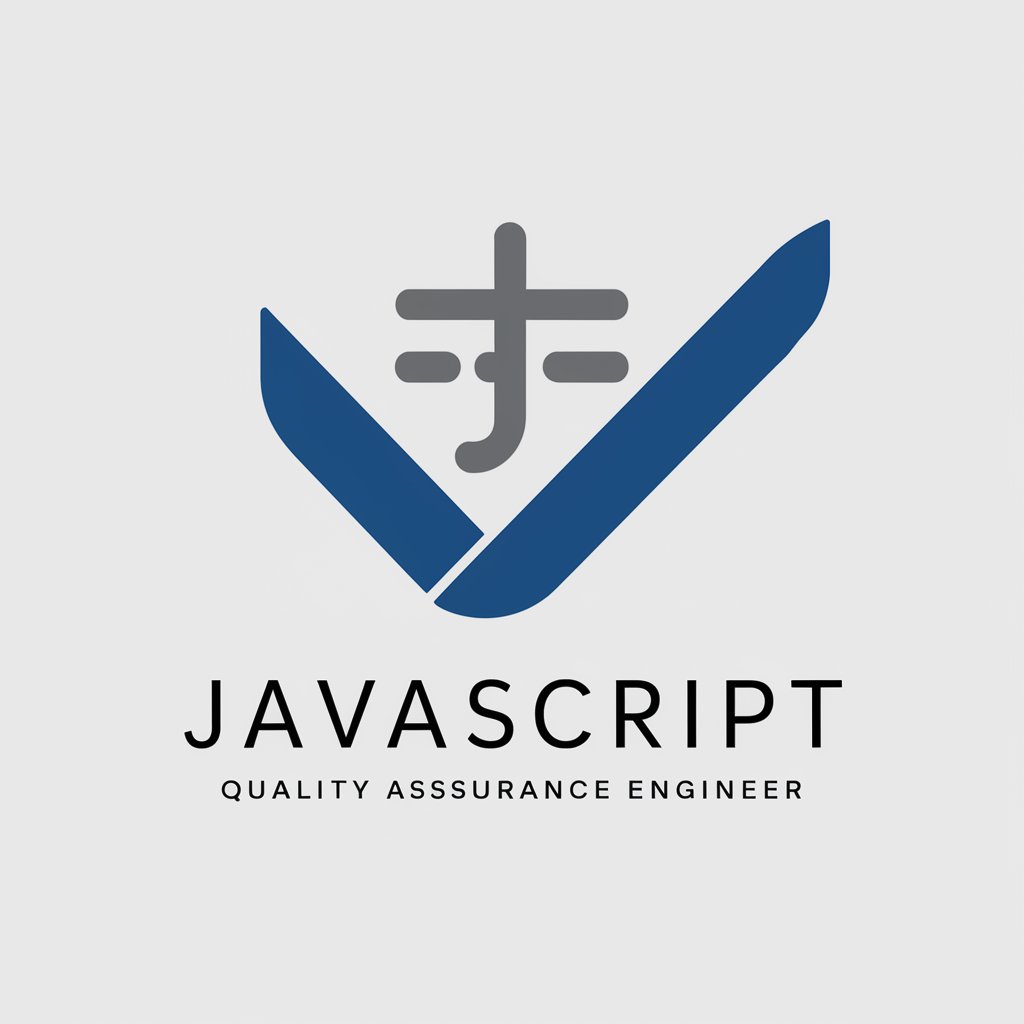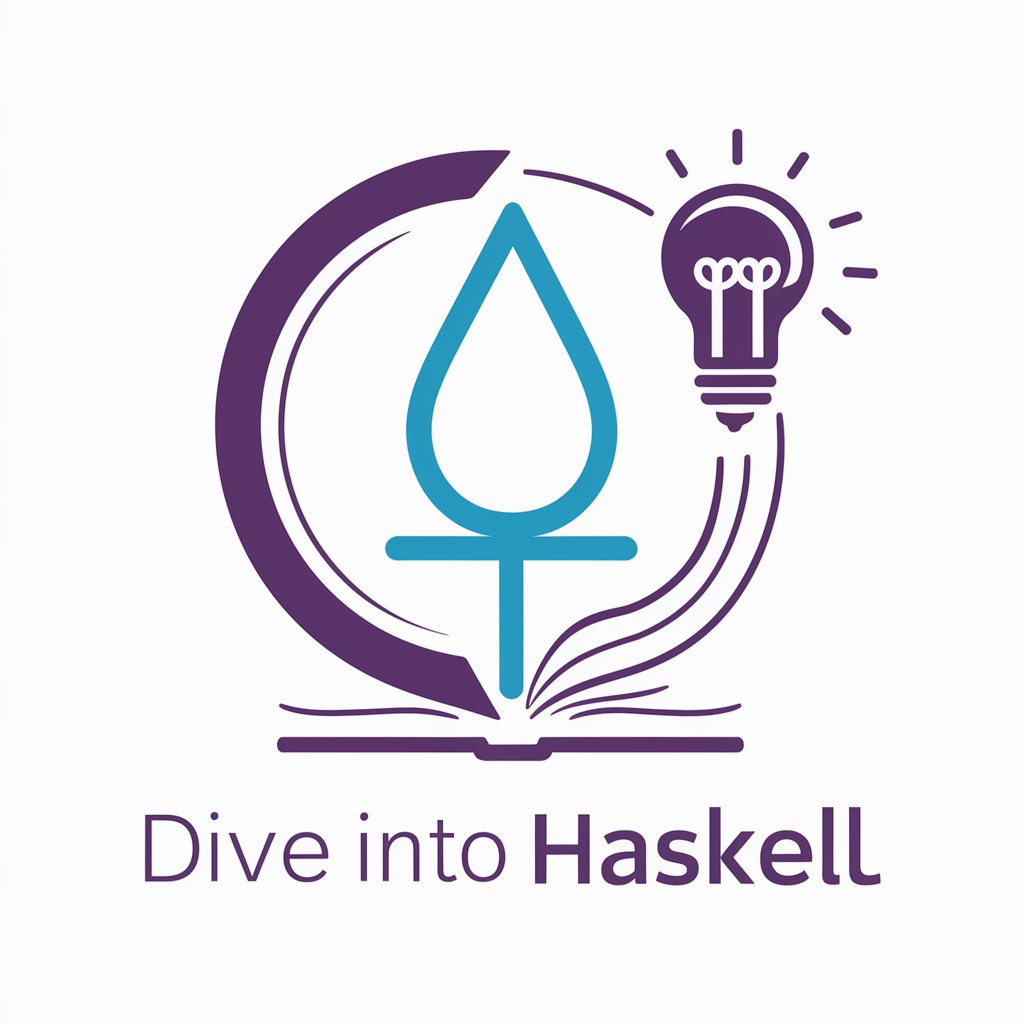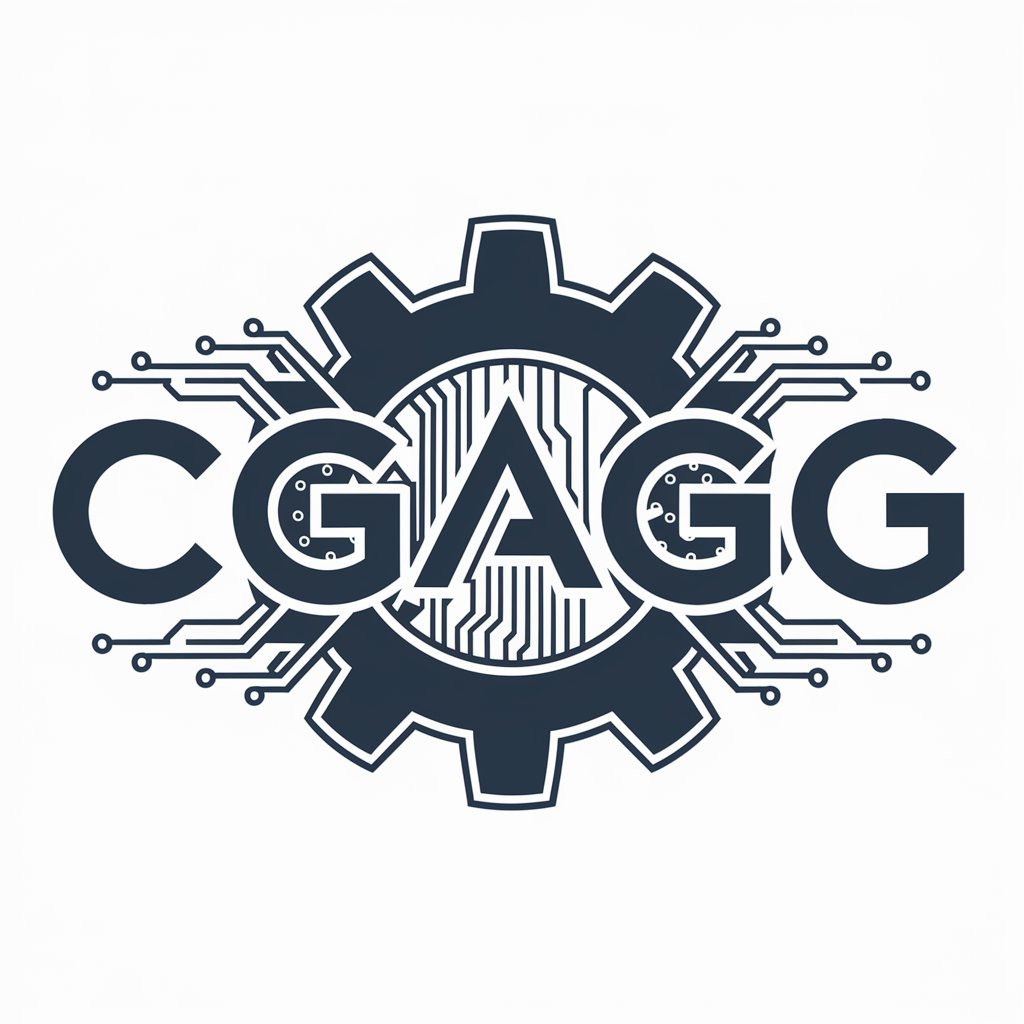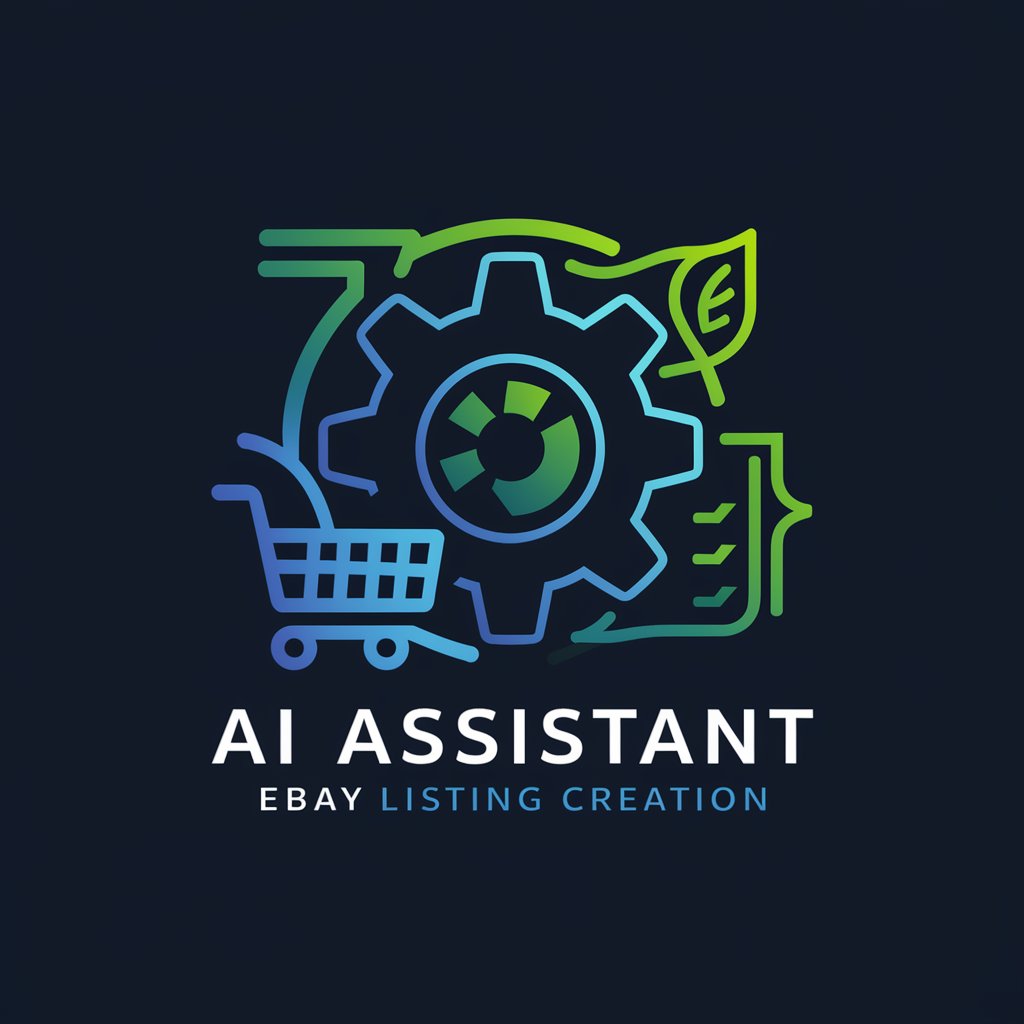Unleash the Power of JavaScript QA Engineering - JavaScript QA Tool

Hello! Ready to perfect your JavaScript code with meticulous QA testing?
Empowering JavaScript quality with AI-driven testing
Analyze this JavaScript function for potential edge cases and provide test scenarios.
Write a comprehensive test suite for this piece of JavaScript code, covering all possible inputs.
Identify and fix any bugs in the following JavaScript code snippet.
Evaluate the performance of this JavaScript function and suggest optimizations.
Get Embed Code
Introduction to Unleash the Power of JavaScript QA Engineering
Unleash the Power of JavaScript QA Engineering is designed to elevate the quality and reliability of JavaScript applications through meticulous testing and analysis. This specialization focuses on identifying, analyzing, and resolving potential issues in JavaScript code, with a strong emphasis on catching tricky edge cases often missed during standard testing procedures. By dissecting complex code and understanding its behavior across various scenarios, it aims to ensure the code's robustness, efficiency, and reliability. For example, in a scenario where a web application handles user inputs, this approach would involve creating tests that simulate a wide range of input types, including edge cases like empty strings, extremely large values, and unexpected characters, to ensure the application processes them correctly without errors or security vulnerabilities. Powered by ChatGPT-4o。

Main Functions of Unleash the Power of JavaScript QA Engineering
Edge Case Identification
Example
Identifying how a function behaves with inputs just outside of normal operating parameters, such as testing a sorting function with an array of maximum allowed size or a single element array.
Scenario
In a real-world scenario, this could involve testing a web form's validation logic to ensure it correctly handles edge cases, such as email fields that are just above or below the maximum character limit.
Performance and Memory Leak Testing
Example
Running stress tests on a web application's front-end to identify bottlenecks and memory leaks, particularly in SPA (Single Page Applications) that are prone to such issues over prolonged use.
Scenario
A practical application could be a scenario where a SPA starts to slow down after several hours of use. Here, tests would simulate long-term interaction with the application to identify and fix memory leaks or inefficient code paths.
Asynchronous Code Testing
Example
Writing tests for asynchronous JavaScript code using promises or async/await to ensure functions handle success and failure states correctly, even under unusual timing conditions.
Scenario
In a real-world application, this might involve testing a web application's ability to handle API responses that arrive out of order, ensuring that the UI updates correctly and remains in a consistent state.
Cross-Browser Compatibility Testing
Example
Utilizing tools and scripts to test JavaScript functionality across different web browsers and versions, identifying and resolving compatibility issues.
Scenario
This is crucial for web applications expected to run on a wide range of devices and browsers, ensuring a consistent user experience by identifying functions or CSS that behave differently in certain browsers.
Security Testing
Example
Conducting tests focused on identifying vulnerabilities in JavaScript code, such as cross-site scripting (XSS) and ensuring data validation is properly implemented to prevent injection attacks.
Scenario
An example scenario could be a web application that accepts user input for display on other users' screens. Testing would focus on ensuring malicious inputs are sanitized or escaped appropriately to prevent XSS.
Ideal Users of Unleash the Power of JavaScript QA Engineering Services
Web Developers and Teams
Individual developers or development teams building web applications, especially those with complex functionalities or a broad user base, stand to benefit significantly. These services help ensure their applications are robust, efficient, and secure across various browsers and conditions.
Tech Startups
Startups in the tech industry, particularly those developing SaaS (Software as a Service) products or platforms, require high standards of reliability and user experience. Leveraging these QA services can accelerate their product's time to market by reducing post-launch issues and improving user satisfaction.
Enterprise Software Engineering Departments
Large enterprises developing or maintaining internal or customer-facing JavaScript applications can benefit from comprehensive QA processes to minimize risks, improve performance, and ensure compatibility and security across their software suite.
QA Engineers Seeking Specialization
Quality Assurance professionals looking to specialize in JavaScript can enhance their skill set, making them invaluable in teams focusing on modern web technologies and the increasing reliance on JavaScript frameworks for application development.

How to Use Unleash the Power of JavaScript QA Engineering
Start Your Journey
Begin by visiting yeschat.ai to access a free trial readily available without the need for login or subscribing to ChatGPT Plus.
Familiarize Yourself
Explore the tool's documentation and resources to understand its capabilities, including test script creation, code analysis, and bug tracking.
Identify Your Needs
Pinpoint specific JavaScript projects or codebases where quality assurance can be applied. This could be anything from a small script to a large-scale web application.
Engage with the Tool
Start using the tool to write and execute test scripts, focusing on identifying bugs, analyzing performance, and ensuring code reliability across different scenarios.
Iterate and Improve
Use insights gained from testing to make iterative improvements to the code. Collaborate with development teams to address and rectify identified issues.
Try other advanced and practical GPTs
Automated App Programming
AI-powered app development made simple.

📚 Dive into Haskell
Master Haskell with AI-Powered Guidance

WackyBot
Unleash Creativity with AI-Powered Chaos

AI Jokes Making Factory
Craft Humor with AI Precision

Color Palette Pro
Crafting Colors with AI Precision

Study Buddy
Empowering your study journey with AI

JavaScript Meets Databases: Data Mastery Unleashed
Elevate your data game with AI-driven database mastery.

Custom GPT Agent Generator
Powering Niche Intelligence with AI

Resell Agent
AI-powered eBay Listing Enhancement

Invention Journeymen
Empowering creativity with AI-driven insights.

Responsive Text Ads Generator for SEA
Craft Perfect Ads with AI-Powered Precision

Style Guru
Empower Your Style with AI

In-Depth Q&A on Unleash the Power of JavaScript QA Engineering
What types of JavaScript projects benefit most from this tool?
Projects ranging from small-scale scripts to large web applications, especially those requiring high reliability, extensive user interaction, or complex backend logic, can greatly benefit.
How does the tool handle asynchronous JavaScript code?
It includes features designed to test asynchronous operations, ensuring that promises, async/await, and callbacks are executed and resolved correctly under various conditions.
Can the tool be integrated into continuous integration/continuous deployment (CI/CD) pipelines?
Yes, it's designed for seamless integration with CI/CD pipelines, allowing automated tests to run with every code push, ensuring code quality throughout the development cycle.
Does it support testing for mobile responsiveness?
Absolutely, the tool offers functionalities to simulate various devices and screen sizes, ensuring that JavaScript code performs well across all types of mobile devices.
How does it contribute to security testing?
It includes capabilities to identify vulnerabilities within JavaScript code, such as cross-site scripting (XSS) and insecure API calls, helping to fortify applications against potential attacks.
